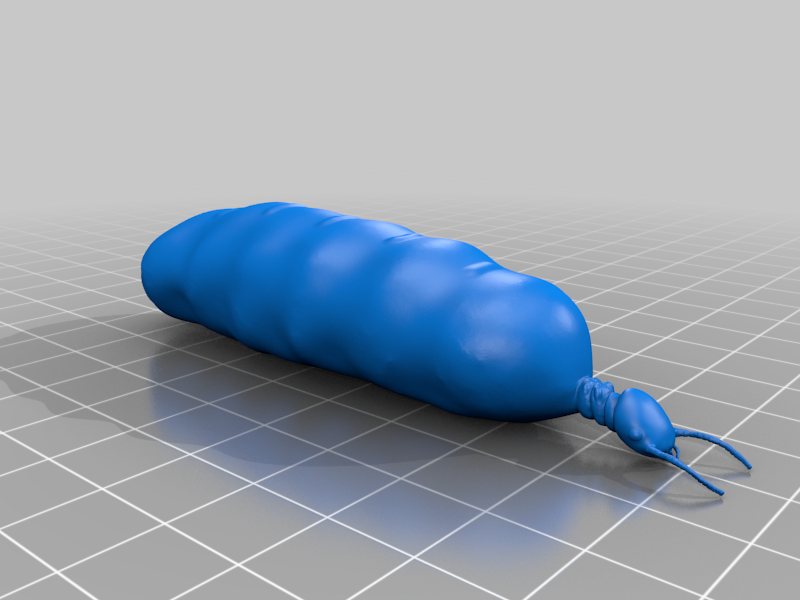
Isoptera (Termite) Colony
thingiverse
Print a Termite Colony! Isoptera, the order of insects commonly known as Termites, are a group of cellulose eating insects with a highly advanced social system. Isoptera are considered to be of great economic impact due to their crucial ecological role of breaking down dead organic materials. In some tropical ecosystems, termites are responsible for the consumption of 50%–100% of all dead biomass(Engel). However, termites can cause a lot of damage to homes and other properties constructed from lumber. Termites exhibit eusociality, a high-level social organization in which labor is divided between reproductive and non-productive groups known as castes. For Isoptera, the non-reproductive castes are workers and soldiers, while the reproductive castes are the king and queen, along with alates, which are winged reproductives that will eventually become kings or queens. The morphology of Isoptera belonging to each of these castes can vary significantly, yet they all develop from identical nymphs. While the mechanism of differentiation for this eusocial caste system is not yet fully understood by entomologists, genetics, hormones, pheromones, and micro-RNA have been identified as factors in caste distinction(Matsunami). The different castes can be identified easily by their morphological characteristics. Termite workers are the smallest and perhaps most ubiquitous, with a tan, almost transparent appearance. Soldiers, who are tasked with protecting the colony, have an elongated head and either large, pincer-like mandibles or pointy nasus, which secrete offensive fluids(Morris). Neither of these non-reproductives develop eyes. Alates develop large wings relative to the size of their body, which they lose quickly after mating. The king stays the same from this point, while the queen produces eggs and her body grows. The queen’s abdomen can grow up to several inches long, and live nearly fifty years. Try printing out your own colony of termites and see if you can identify the castes of each termite! References Engel, M. S. (2009, July 25). Termites (Isoptera): Their Phylogeny, Classification, and Rise to Ecological Dominance. BioOne Complete; American Museum Novitates. https://doi.org/10.1206/651.1 Korb, J. (2012, March 7). Brood care and social evolution in termites | Proceedings of the Royal Society B: Biological Sciences. Proceedings of the Royal Society B: Biological Sciences; Proc. R. Soc. B. https://doi.org/10.1098/rspb.2011.2639 Krishna, K. (2020, April 8). termite. Encyclopædia Britannica; Encyclopædia Britannica. https://www.britannica.com/animal/termite Matsunami, M. (2019, February). Caste‐specific microRNA expression in termites: insights into soldier differentiation - Matsunami - 2019 - Insect Molecular Biology - Wiley Online Library. Insect Molecular Biology. http://dx.doi.org/10.1111/imb.12530 Morris, C. G. (2016). Morphology and Foraging Behavior of Oklahoma’s Grass-Feeding Termite: Gnathamitermes tubiformans (Isoptera: Termitidae). Journal of the Kansas Entomological Society, 89(4), 358–372. https://doi.org/10.2307/44577513 Sillam-Dussès, D. (2010). Trail Pheromones And Sex Pheromones In Termites. Nova Science Publishers/novinka.
With this file you will be able to print Isoptera (Termite) Colony with your 3D printer. Click on the button and save the file on your computer to work, edit or customize your design. You can also find more 3D designs for printers on Isoptera (Termite) Colony.
